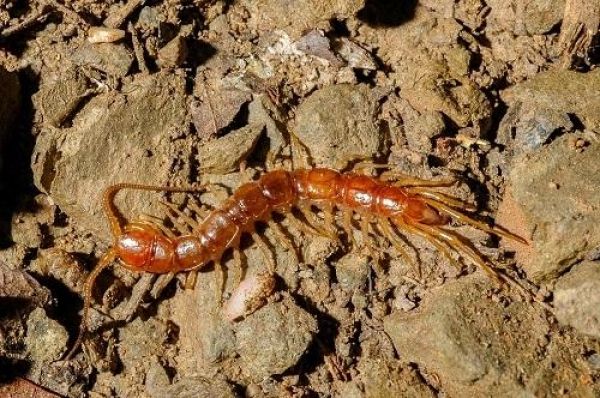The structure of vegetation and steam distance are important factors to consider in order to protect the biodiversity of forest arthropods, as stated in an article now published in the journal Forest Ecology and Management. The conclusions of the study note the farther we are from a river course, the better conditions for the communities of arthropods in the forests, since they need a cool and wet microclimate.
The new study is led by experts from the Faculty of Biology, the Biodiversity Research Institute (IRBio) and the Animal Biodiversity Resource Center of the UB (CRBA), and it counts on the participation of experts from CREAF, the Museum of Natural Sciences of Barcelona, and the universities of Canberra and Melbourne (Australia).
Forest arthropods and rivers: a connection to be discovered yet
An almost unknown ecological relationship so far, that is the inflow of the presence of a river in the biodiversity of non-riparian forest arthropods. This is the new ecological perspective the article treats in order to study the population of arthropods in forest areas in the northeastern area of the peninsula, in O Incio (Lugo, Galicia).
Read more at University of Barcelona
Image: Forest arthropods and rivers: a connection to be discovered yet (Credit: Antoni Serra, UNIVERSITY OF BARCELONA-CRBA)


